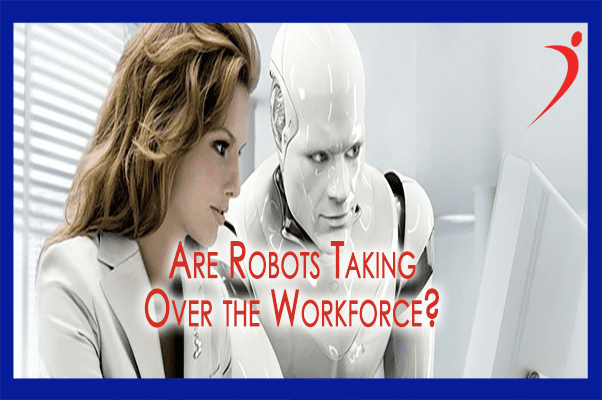
Ever since the first machines began replacing human labor in 19th century textile factories, we as a society have pondered the relationship between humans and technology. As tech continues to evolve and become more integrated into our everyday lives, what will happen to the human workforce? Will machines and computers replace workers in construction, transportation, sales, office support, and other industries? From Isaac Asimov’s groundbreaking I, Robot stories to Johnny Depp’s role as a human-turned-computer in the 2014 film Transcendence, the speculations have introduced possibilities both thought-provoking and at times disturbing. But what’s the real story? How far are we from a computerized workforce?
How Does Computerization Affect Jobs?
A recent study conducted at Oxford University considered the susceptibility of different types of jobs to computerization. The study looked at the types of skills required for each job and the factors that might prevent the automation of that particular job. The results found that almost half the jobs currently performed by human workers in the U.S. could be computerized within the next twenty years. Researchers identified both the types of jobs most likely to be affected and the probability of computerization for each sector:
- Types of Jobs Affected—Jobs requiring fewer creative and social skills such as transportation, office and administrative support, and service jobs were most likely to be affected. Those that required greater perception, social skills, creativity, and manual dexterity were less likely to be computerized in the near future.
- Probability of Computerization—Based on the research, 47% of jobs in the United States fall into the high-risk category, meaning that they could be automated over the next decade or two. High-risk sectors include transportation, production, sales, office and administrative support, construction, and service.
It’s Not Time to Panic Yet!
There are still plenty of mitigating factors when it comes to the possibility of systemic computerization in the American workforce. Legislative changes will need to be made in many states to allow the automation of certain types of work (such as driving), and the political process may slow things down considerably. It’s also important to remember that changes to public opinion regarding the integration of technology into the workforce may be slow. Technological solutions will need to be more cost effective than their human counterparts in order to be adopted widely.
Will Human Workers Soon Be Obsolete?
With Google’s self-driving cars already wending their way through the streets of Mountain View, California and Amazon announcing their plans for drone delivery service, a technology-driven workforce isn’t as theoretical—or as distant—as we might think. But that’s not necessarily a reason for concern.
Technology has proven itself to be a useful and in some cases indispensable part of operating in today’s marketplace. Rather than leaving people without jobs, in most cases computers and other technological solutions have found ways to perform repetitive, labor-intensive tasks so that humans can focus on the creative and social jobs needed to remain competitive. As more types of jobs lend themselves to automation, human workers will have the opportunity to develop and master the types of skills that can’t be replicated by a computer.

